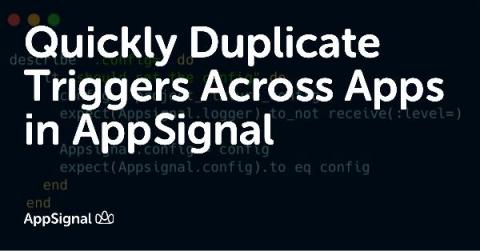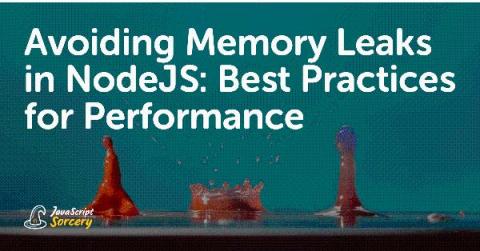Quickly Duplicate Triggers Across Apps in AppSignal
We’re happy to announce that we’ve added a new feature which will make it easier for you to copy your trigger setup from one app to a new one. Anomaly detection triggers are a great way to get notified about unwanted events in your app. These anomalies are things like a high error rate, a lack of free disk space, or a high CPU usage. If your apps have a lot of the same requirements and infrastructure, you may have a lot of the same triggers across your apps.











